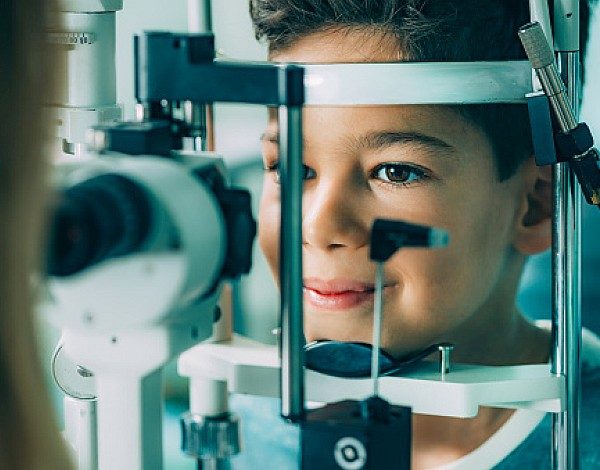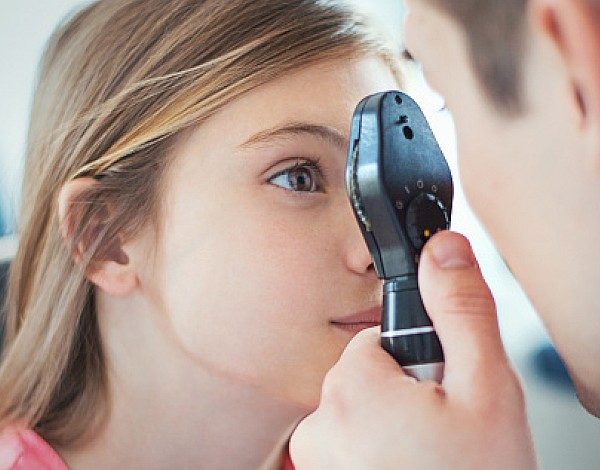
At a minimum all children should have an eye examination by a qualified eye doctor prior to the start of school. If any vision problem is suspected earlier, the child should be examined by an ophthalmologist. As a young adult, eye examinations are recommended when driving begins. In general, adults should be examined every two years up to the age 60. If there is a family history of eye conditions, underlying medical problems, or suspect of any other eye conditions, then the patient should be seen earlier by your ophthalmologist. After the age 60, yearly eye examinations should be done as the risks for cataracts, macular degeneration, and glaucoma increases.
Glaucoma is high pressure inside the eye which causes damage to the optic nerve and eventual visual loss without. This pressure is usually painless and not detectable by any other means other than an eye examination by your eye doctor/ophthalmologist.
The only sure way to detect glaucoma is to have a complete eye examination. A glaucoma screening that checks only the pressure of the eye is not sufficient to determine if you have glaucoma. Regular eye examinations by your eye doctor/ophthalmologist are the best way to detect glaucoma.
A cataract refers to a clouding of the normally clear lens of the eye. There are many types and causes of cataracts, and some progress more rapidly than others. But the end result is the same, blurry or hazy vision, believed to be caused ultimately by a chemical change in the eye.
Vision can be corrected with frequent changes in eyeglass prescriptions, as cataracts progress. When significant visual impairment has occurred, the cataract is removed, by replacing the clouded lens through lens implant surgery. Cataract removal is the most frequently performed surgery in the United States, with more than 3 million Americans undergoing the procedure each year.
Sun shades serve as a sun block to the eyes. Shades provide protection from the UV rays from the sun. UV protection is the same as sun block to the skin.
Astigmatism is a curvature of the cornea which can be corrected with glasses.
Macular degeneration is damage or breakdown of the macula of the eye. When the macula doesn’t function correctly, the patient can experience blurriness or darkness in the center of the vision. Macular degeneration affects both distance and close vision.
Many people do not realize that they have a macular problem until blurred vision becomes obvious. Dr. Bealka, a qualified eye doctor/ophthalmalogist, can detect early stages of macular degeneration during the medical eye examination.
There is no cure yet for dry macular degeneration. Treatment of this condition focuses on helping a person find ways to cope with visual impairment. In its early stages “wet” macular degeneration can be treated with laser surgery by a retinal specialist.
We accept Medicare, Medicaid, Scott & White and all major forms of insurance, but we are also pleased to offer multiple options for financing. Inquire at the office for details.







